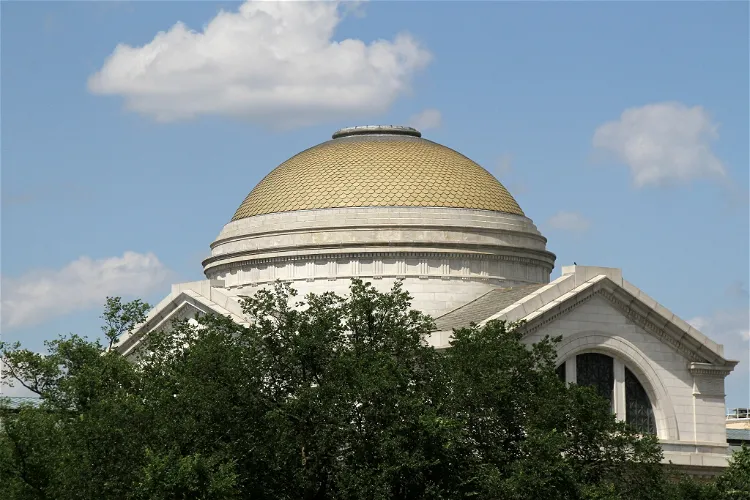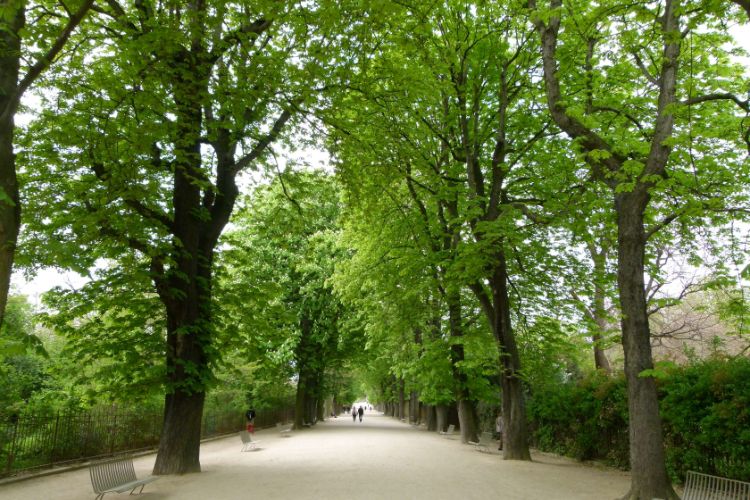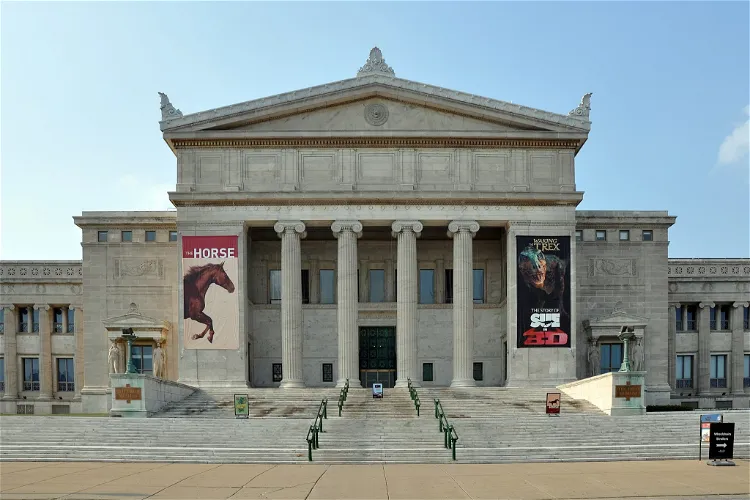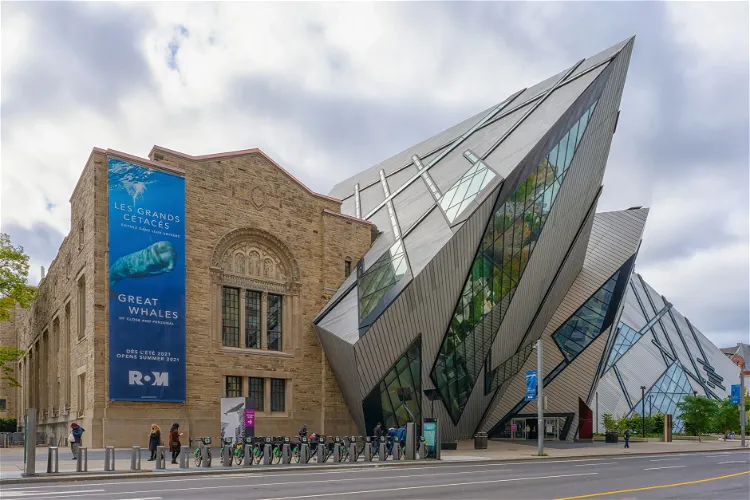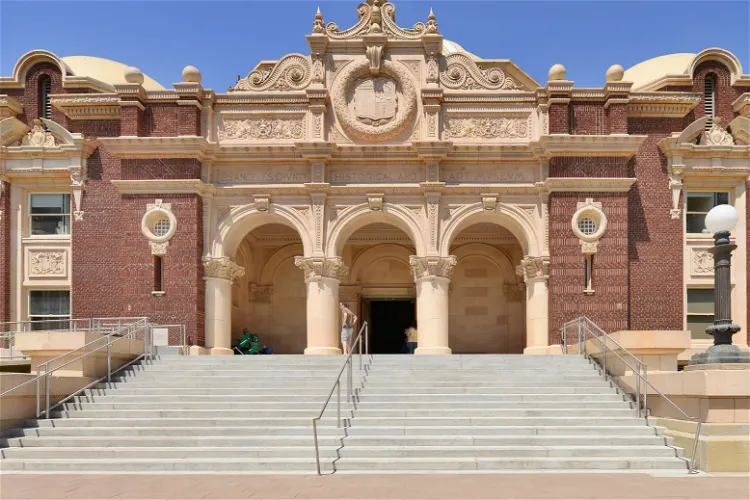Premier natural history institutions featuring exceptional dinosaur collections, mineral displays, and wildlife exhibits that lead scientific research and public education.
Natural history museums serve as magnificent time capsules, preserving billions of years of Earth's story within their walls. From towering dinosaur skeletons that once dominated prehistoric landscapes to glittering mineral specimens formed deep within the planet, these institutions bridge the gap between scientific discovery and public wonder.
The world's premier natural history museums are far more than repositories of ancient bones and rocks. They are active research centers where scientists continue to make groundbreaking discoveries, educational hubs that inspire future generations of naturalists, and cultural landmarks that celebrate the incredible diversity of life on our planet.
This curated list showcases twelve exceptional institutions that exemplify excellence in natural history curation, research, and visitor experience. Each museum offers unique perspectives on evolution, biodiversity, geology, and humanity's place in the natural world.
1. Natural History Museum
London's Natural History Museum houses over 80 million specimens spanning 4.5 billion years of natural history. The iconic Hintze Hall features Hope, a massive blue whale skeleton suspended from the ceiling, while Dippy the Diplodocus remains a beloved icon.
The dinosaur galleries showcase world-class specimens including a complete Stegosaurus and animatronic T-Rex, while the mineral collection contains some of Earth's rarest gems. As a leading research institution with 300+ scientists, the museum continues groundbreaking work in taxonomy, evolution, and biodiversity.
2. American Museum of Natural History
This Manhattan landmark houses over 34 million specimens and hosts one of the world's finest dinosaur collections, including the iconic Tyrannosaurus rex skeleton and the towering Titanosaur cast.
The museum's biodiversity halls feature spectacular dioramas depicting wildlife in natural habitats, while the Hayden Planetarium explores cosmic natural history. The gem collection includes the Star of India sapphire, and the museum's research division employs 200+ scientists conducting field research globally, making it an unparalleled center for natural science education and discovery.
3. National Museum of Natural History
Part of the Smithsonian Institution, this museum welcomes over seven million visitors annually to explore 145 million specimens. The dinosaur hall features remarkable fossils including a massive Triceratops skull and a juvenile T-rex.
The Hope Diamond anchors an exceptional gem and mineral collection, while the Sant Ocean Hall showcases marine biodiversity with a life-size North Atlantic right whale model. The museum's research programs span paleobiology, anthropology, and entomology, maintaining one of the world's most comprehensive natural history collections for scientific study.
4. Natural History Museum Vienna
Housed in a spectacular Habsburg palace, Vienna's Natural History Museum boasts over 30 million objects including the famous 29,500-year-old Venus of Willendorf figurine. The dinosaur hall features mounted skeletons and the museum's meteorite collection is among the world's finest.
The mineral collection displays over 1,100 specimens including unique specimens from historic Austrian mines. The ornate historic halls themselves are works of art, featuring ceiling frescoes and marble columns. Active research departments ensure the museum remains at the forefront of paleontology and mineralogy.
5. Museum of Natural History
Founded in 1793, this Parisian institution comprises multiple sites including the spectacular Grande Galerie de l'Évolution, where taxidermied animals appear to parade through a cathedral-like space with dramatic lighting.
The paleontology galleries showcase exceptional dinosaur fossils and ancient mammals, while the mineralogy collection contains over 600,000 specimens. As France's premier natural science research center with seven research departments, the museum conducts extensive field studies in biodiversity, evolution, and geology. The botanical garden and zoo add living specimens to complement the historical collections.
6. Field Museum of Natural History
The Field Museum houses over 40 million specimens and is home to Sue, the largest and most complete Tyrannosaurus rex skeleton ever discovered. The dinosaur halls feature exceptional Cretaceous and Jurassic specimens that captivate visitors.
The Grainger Hall of Gems dazzles with rare minerals and meteorites, while the Ancient Americas exhibition showcases cultural natural history. With active research programs in paleontology, anthropology, and botany, the museum's scientists regularly publish groundbreaking discoveries. The collection represents billions of years of Earth's biological and geological heritage.
7. Royal Ontario Museum
The ROM combines natural history with world culture in a striking modern architectural landmark. The dinosaur gallery features complete skeletons including a Futalognkosaurus and Gordo the Barosaurus, alongside the hands-on Bat Cave experience.
The Teck Suite of Galleries showcases 3,000 spectacular mineral specimens, gems, and meteorites including Canadian diamonds. With over 13 million specimens and 40 galleries, the museum's research departments actively study paleontology, ornithology, and mineralogy. The iconic Michael Lee-Chin Crystal addition makes this museum architecturally unforgettable.
8. Natural History Museum of Los Angeles County
Southern California's premier natural history institution houses 35 million specimens including the Dinosaur Hall featuring over 300 fossils and 20 complete skeletons, including a Triceratops growth series showing development from juvenile to adult.
The Gem and Mineral Hall displays extraordinary California gold specimens alongside rare gems, while the North American Mammal Halls showcase diverse wildlife in habitat dioramas. Active paleontology research focuses on the La Brea Tar Pits discoveries, and the museum's spider collection is the world's largest, making it essential for arachnid research.
9. Oxford University Museum of Natural History
This Victorian Gothic masterpiece houses the University of Oxford's natural history collections in an architecturally stunning iron and glass structure. The museum displays exceptional dinosaur specimens including Megalosaurus, the first dinosaur ever scientifically described.
The mineral collection contains over 30,000 specimens, while zoological collections include specimens collected by Darwin. The building itself is decorated with carved stone columns representing different rock types. As an active university research museum, it maintains critical reference collections used by scientists worldwide and offers intimate engagement with natural history in an inspiring setting.
10. Natural History Museum of Denmark
Part of the University of Copenhagen, this museum combines historic collections with innovative exhibitions exploring evolution and biodiversity. The geological collections feature meteorites and minerals documenting Earth's formation, while paleontological displays showcase Denmark's fossil heritage.
The zoological collections contain millions of specimens supporting Nordic biodiversity research. Though relatively compact compared to mega-museums, its focused exhibitions and integration with active university research programs provide depth and scientific rigor. The museum's strength lies in its specialized collections documenting Scandinavian and Arctic natural history alongside global specimens.
11. Natural History Museum of Berlin
Berlin's natural history museum houses over 30 million specimens and is renowned for having the world's tallest mounted dinosaur skeleton, the 13.27-meter Giraffatitan. The dinosaur hall features exceptional specimens from the famous Tendaguru expedition to Tanzania.
The mineral collection includes over 750,000 specimens, while the wet collection preserves millions of specimens in alcohol. The museum's research focuses on evolution and biodiversity, with scientists actively describing new species. The combination of spectacular public exhibits and serious scientific collections makes this a cornerstone institution for European natural history.
12. Natural History Museum of Bern
Switzerland's largest natural history museum excels in Alpine natural history alongside global collections. The mineral collection showcases spectacular Swiss specimens including Alpine crystals, while dioramas depict regional wildlife in stunning detail.
The paleontology section features dinosaur casts and regional fossils documenting ancient marine life when Switzerland was underwater. Barry the St. Bernard, the famous rescue dog, is preserved here. The museum's research strengths include mineralogy, paleontology, and invertebrate zoology, maintaining significant reference collections for scientific study while engaging the public with accessible exhibits.
These twelve institutions represent the pinnacle of natural history museums worldwide, each offering unique perspectives on our planet's incredible story. From London's iconic whale skeleton to Berlin's towering Giraffatitan, these museums make billions of years of Earth's history tangible and inspiring.
What unites these diverse institutions is their dual commitment to scientific research and public education. They're not merely displaying artifacts but actively expanding human knowledge through ongoing research programs that continue to reveal new insights about evolution, extinction, biodiversity, and our planet's geological processes.
Whether you're captivated by dinosaurs, mesmerized by minerals, or fascinated by wildlife diversity, these museums offer transformative experiences that connect visitors with the natural world's past, present, and future. Each visit supports their crucial work in preserving Earth's heritage for generations to come.



